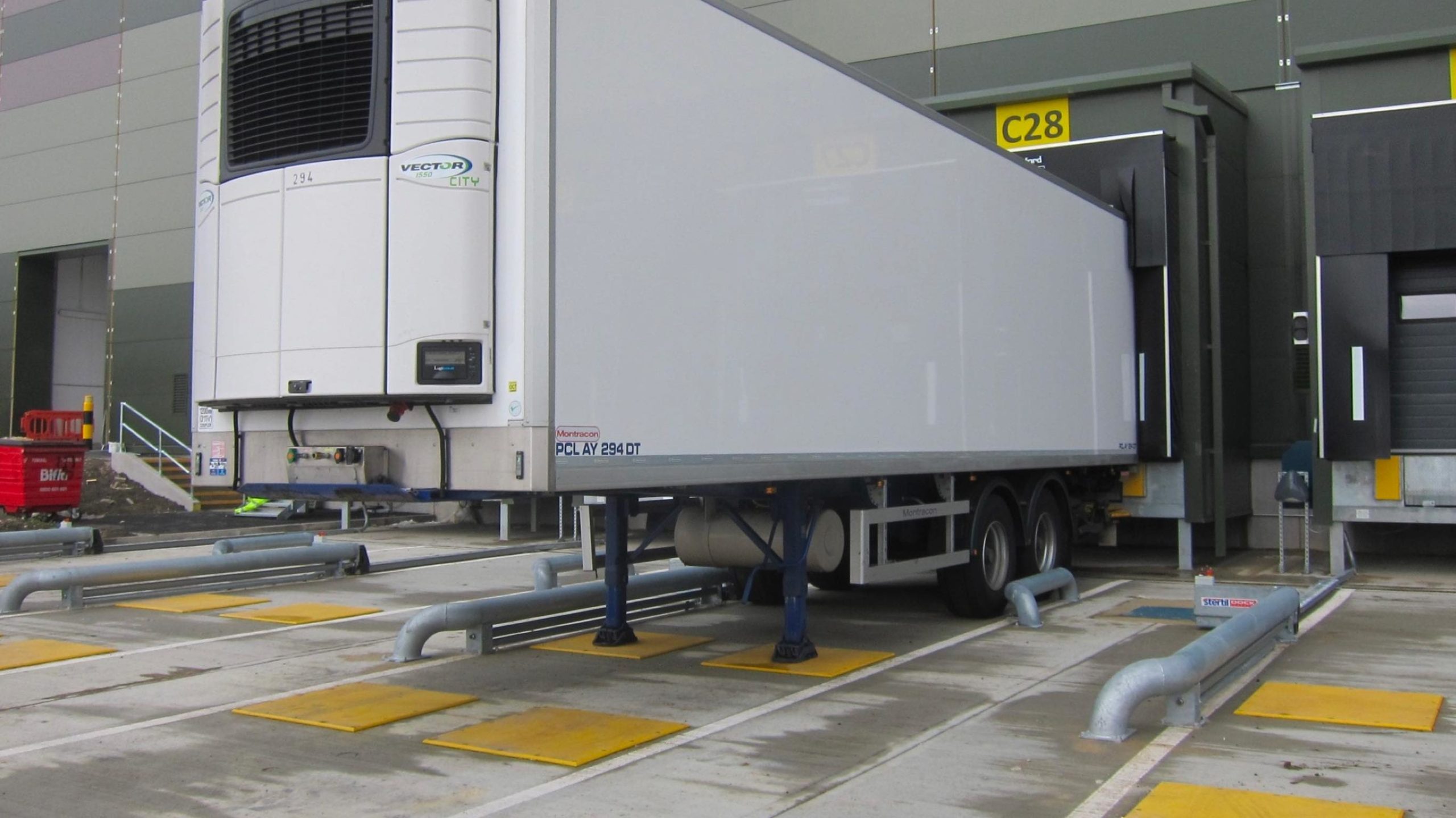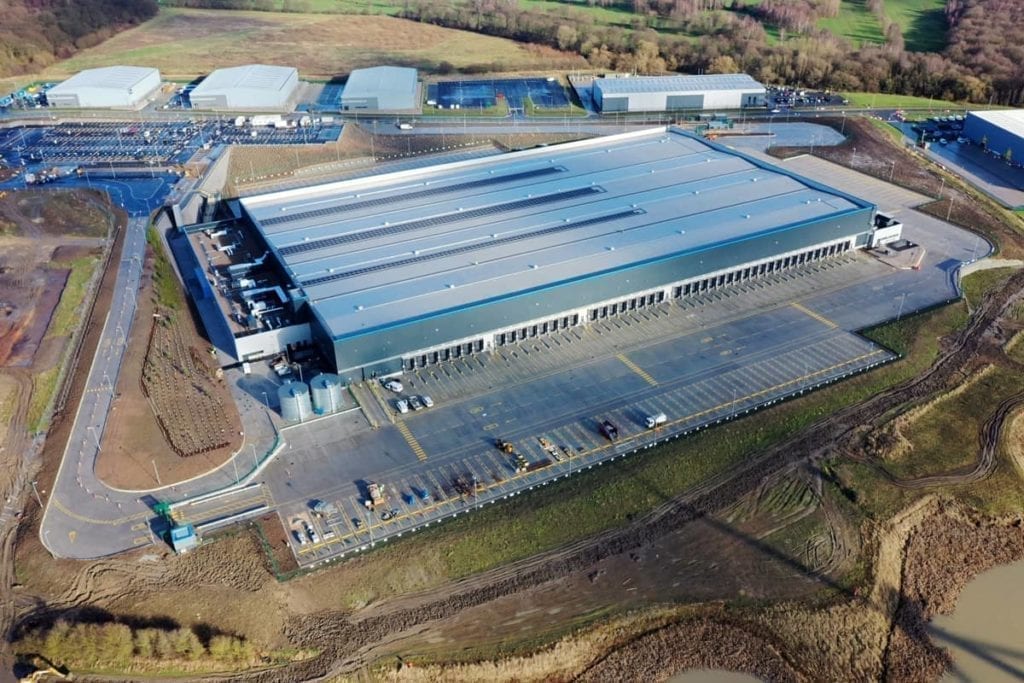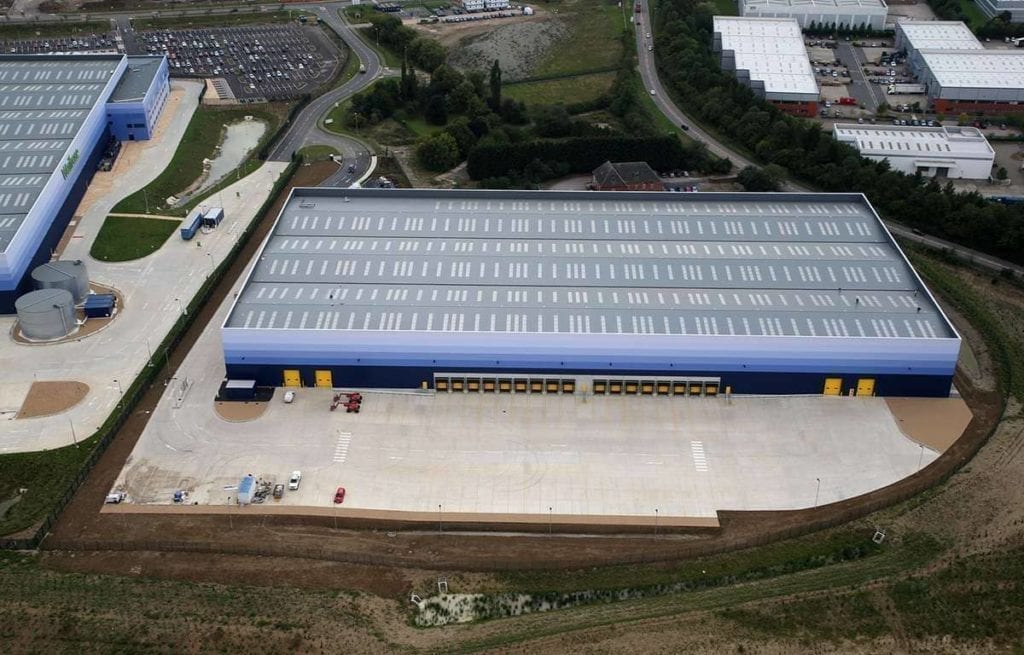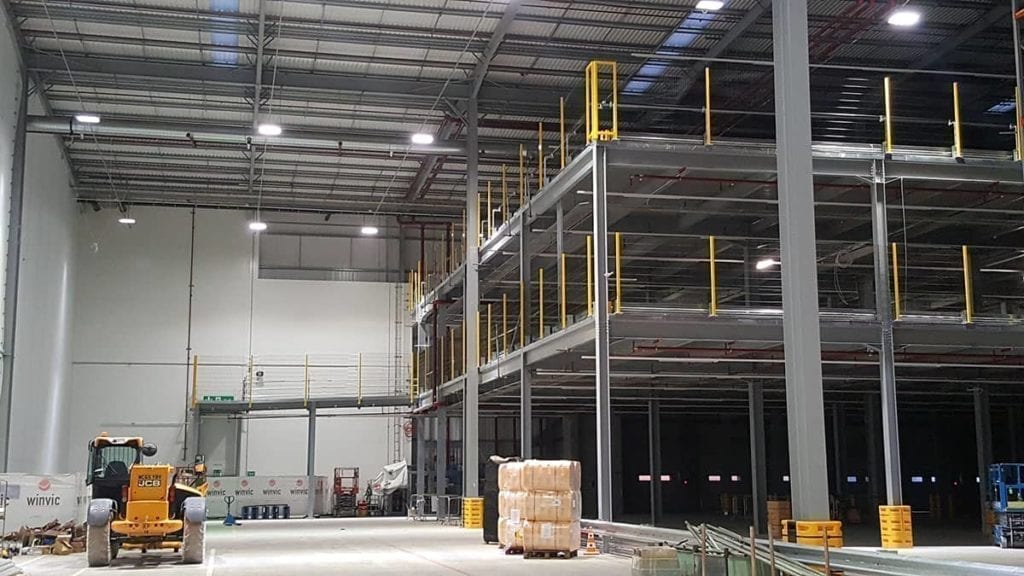Risk assessing the routes HGVs take across your site involves evaluating different weather conditions and times of the day, then responding decisively to avoid or manage HGV blind spots.
A third of road traffic accidents in the UK involve someone who is working, according to the Work-Related Road Safety Task Group. Suggesting a horrific total of 20 deaths and 250 serious injuries every week, linked to someone doing their job.
These figures illustrate how urgent it is to increase the safety standards applied to all on and off-road vehicles used for commercial purposes. Including finding ways to prevent accidents related to HGV blind spots.
Have you heard of UNECE Regulation 46, which governs aspects of vehicle design? It is based on safety principles developed by Loughborough University. By 2029, this will be the standard applied to all HGVs sold in Europe. It fundamentally changes the minimum amount of direct vision that HGV designs must include.
(Direct vision is facilitated largely by window size, whereas indirect vision is provided by mirrors fitted to vehicles.)
This new vehicle design standard will save an estimated 550 lives annually, across Europe.
In the meantime, there are clearly steps employers must take to support HGV drivers, and enhance both direct and indirect vision. Particularly in premises that require them to navigate around structures and pedestrians not normally present on open roads.
This is our guide to things you may be overlooking when considering HGV blind spots.
Think HGV 24/7
No matter how well trained HGV drivers are, there are times when their skills are put to the test, especially around busy warehouse environments. A risk assessment must cover potential risks – and blind spots – throughout the working day, and year!
Some measures are obvious, such as using safety products to segregate pedestrians and vehicles. However, you also need to consider those brief moments when people or structures aren’t covered by direct or indirect vision. Something that can happen not just due to the position of the vehicle, but also environmental factors such as poor light, or even sudden bursts of sunlight.
Eventualities and factors that could create a vision deficit also include:
• Pillars where vehicles reverse, which are not clear when it’s dark and raining.
• Low walls below window level for HGV cabs and out of mirror view.
• People or structures off-centre, directly to the left or right, and obscured by the cab frame.
• Situations and structures behind HGVs, not apparent or clear in mirrors when reversing.
Awareness, then action
Making drivers and employees aware of potential blind spots on your site, and possibly changing the areas in which HGVs operate, is just part of the solution.
You also need to source safety products that manage blind spots. Which is something BrandSafe is highly experienced in.
What sort of installations can reduce risks created by HGV blind spots?
Landing plates
HGV Landing Plates need to be high-vis, to help drivers position trailers accurately and safely.
The yellow high-grade polymer in our plates also protects the concrete surfaces, which can erode due to heavy-duty movement and loading activities. However, it’s vital to specify landing plates that have chamfered edges, and that can be installed easily but seamlessly. This ensures that your HGV directional aids don’t become a trip hazard!
Wheel guides
HGV Cranked Dock Wheel Guides and straight dock wheel guides are another inexpensive and easy way to assist HGVs to manoeuvre confidently and safely.
Our wheel guides – in a choice of height options – have vibrant yellow nose cones to improve driver visibility. As well as being a way to protect vehicle wheel trims while HGV’s park on raised level loading docks.
Column guards, Armco barriers and more
Once you’ve drilled down on products for loading bay protection, there are more ways to safeguard people and structures. For example, fitting wraps to posts and columns to absorb impact or adding Armco safety barriers to approach roads.
Flexible bollards and delineators keep HGVs travelling along routes where visibility is more assured.
At the very least, wheel stops can give your drivers a guide to ‘no go’ areas, and clatter bars can warn them of height obstacles they may not see quickly enough.
See the risk, and respond fast
Even a quick glance at our loading bay protection range shows there are robust and reliable ways to mitigate against HGV blind spots in that area of your site. As well as plenty of ways of supporting driver visibility and vehicle risks site-wide.






